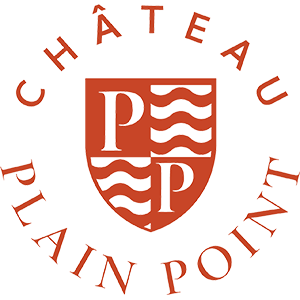

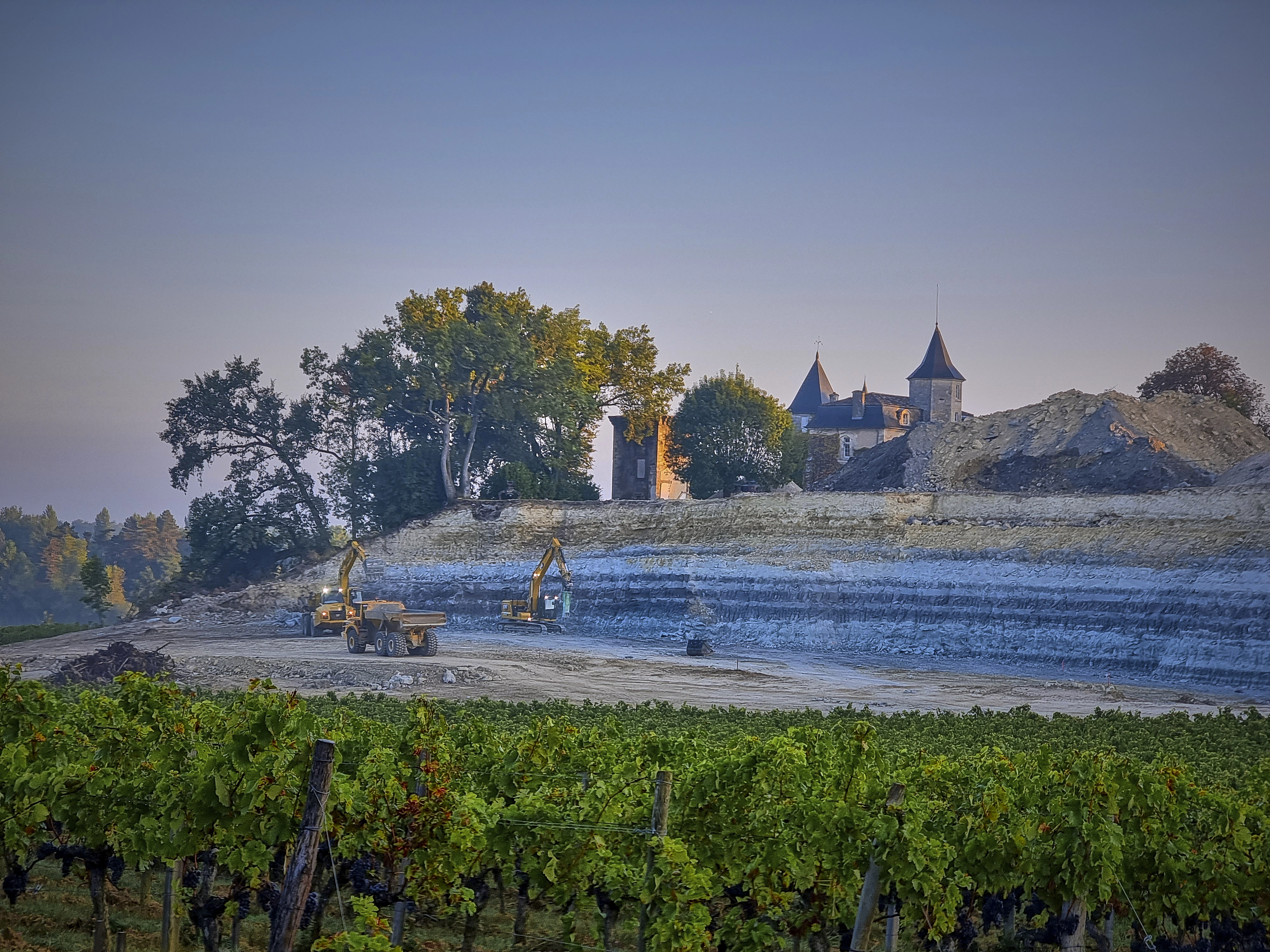
The word terroir is often used indiscriminately. Sometimes to refer to soil or climate, this word is actually much more complex than that.
Terroir is a term used by wine professionals to describe a system based on four major pillars. These pillars coexist and cannot be separated.
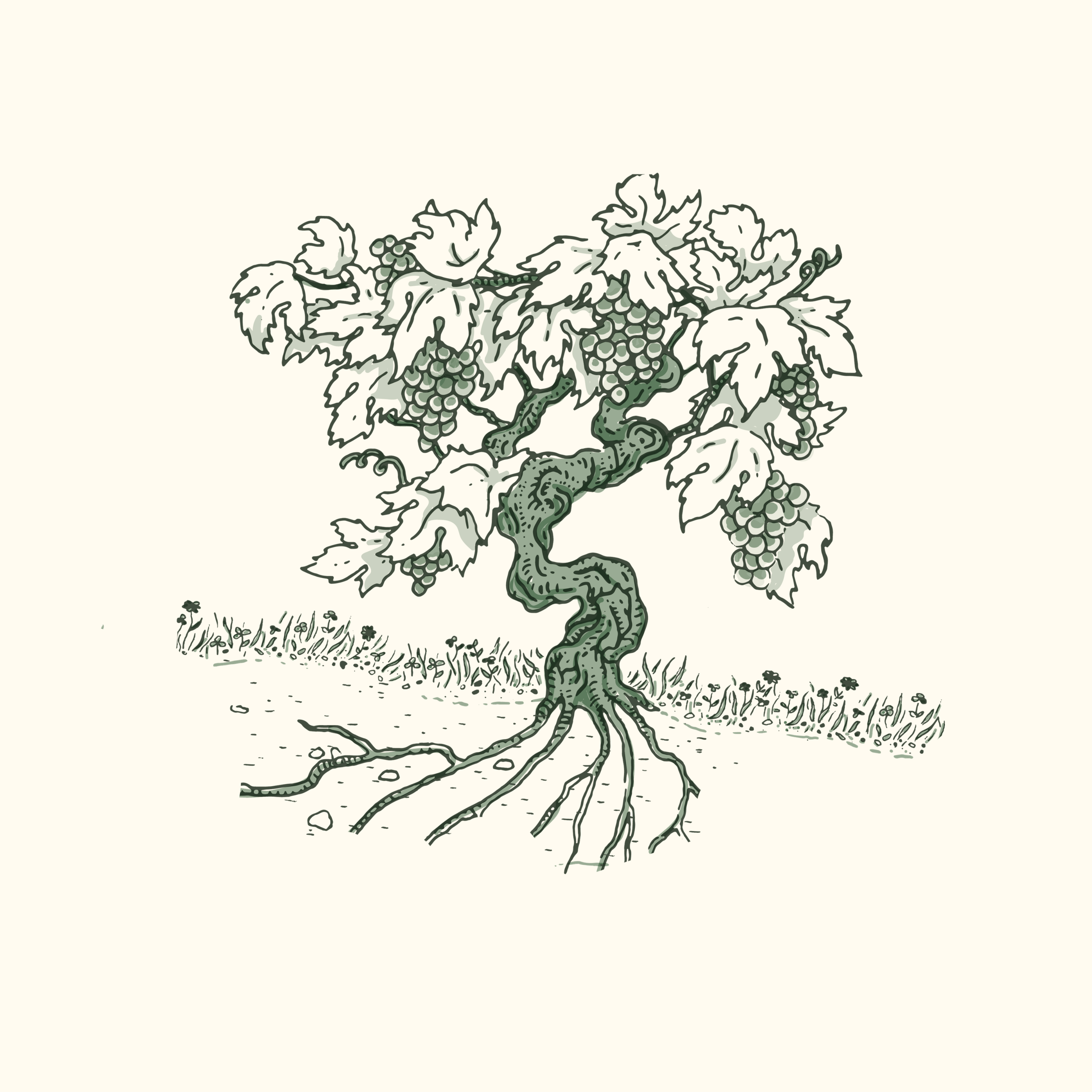
Obvious, isn’t it? To make wine, you need grapes. But depending on the different grape varieties and rootstocks, the identity of the grape will evolve. This can completely change the wine.
Here, the grape varieties you’ll find are Merlot, Cabernet Sauvignon, and Cabernet Franc for reds. For whites, we cultivate Sauvignon Blanc and Sémillon.
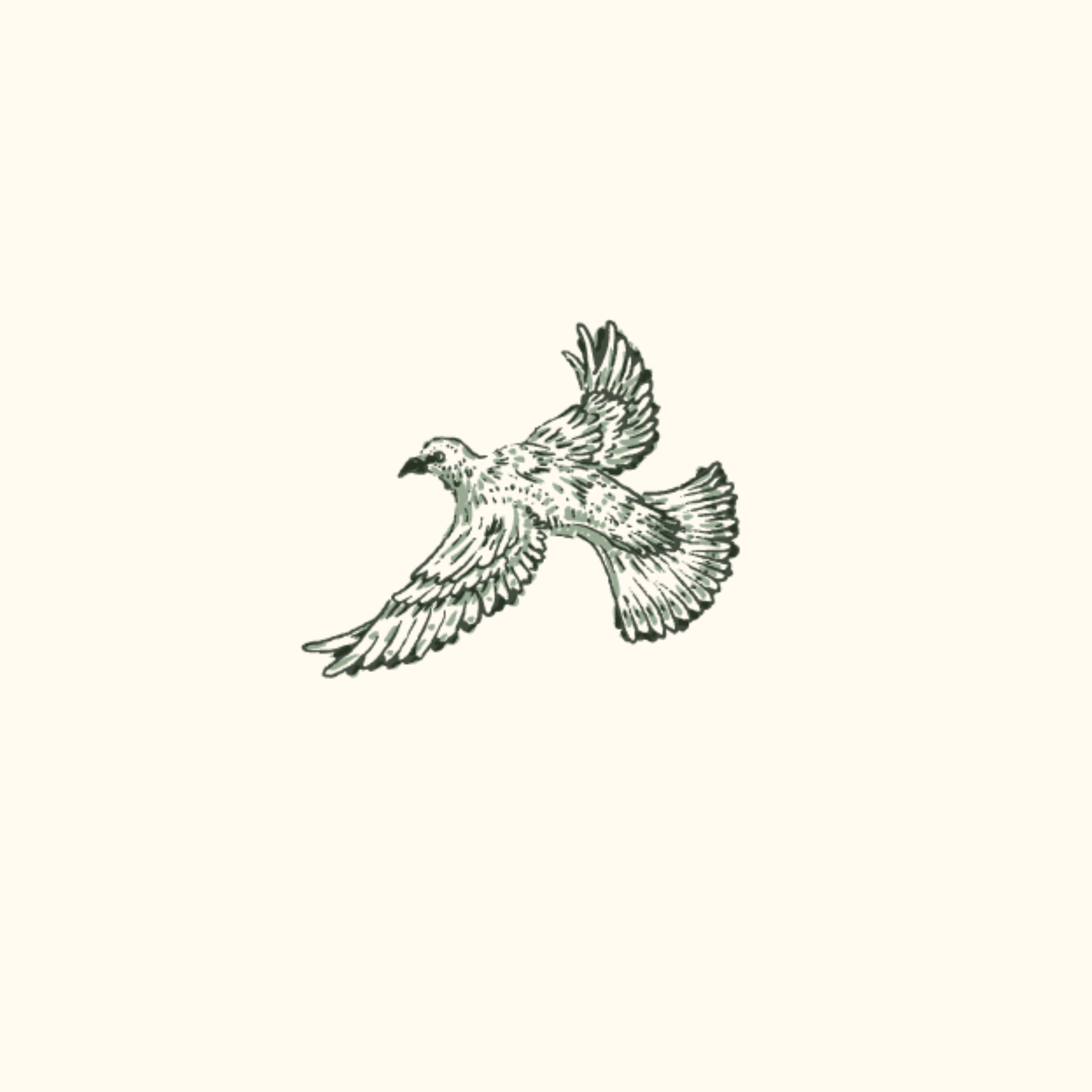
Climate influences the terroir. In Fronsac, we benefit from a temperate oceanic climate. Additionally, this region has a microclimate. Its continental character compared to the rest of Bordeaux and its location at the confluence of two rivers allow it to enjoy a microclimate that promotes slow ripening of the grapes, with long, warm summers, mild autumns, and generally mild and humid winters.
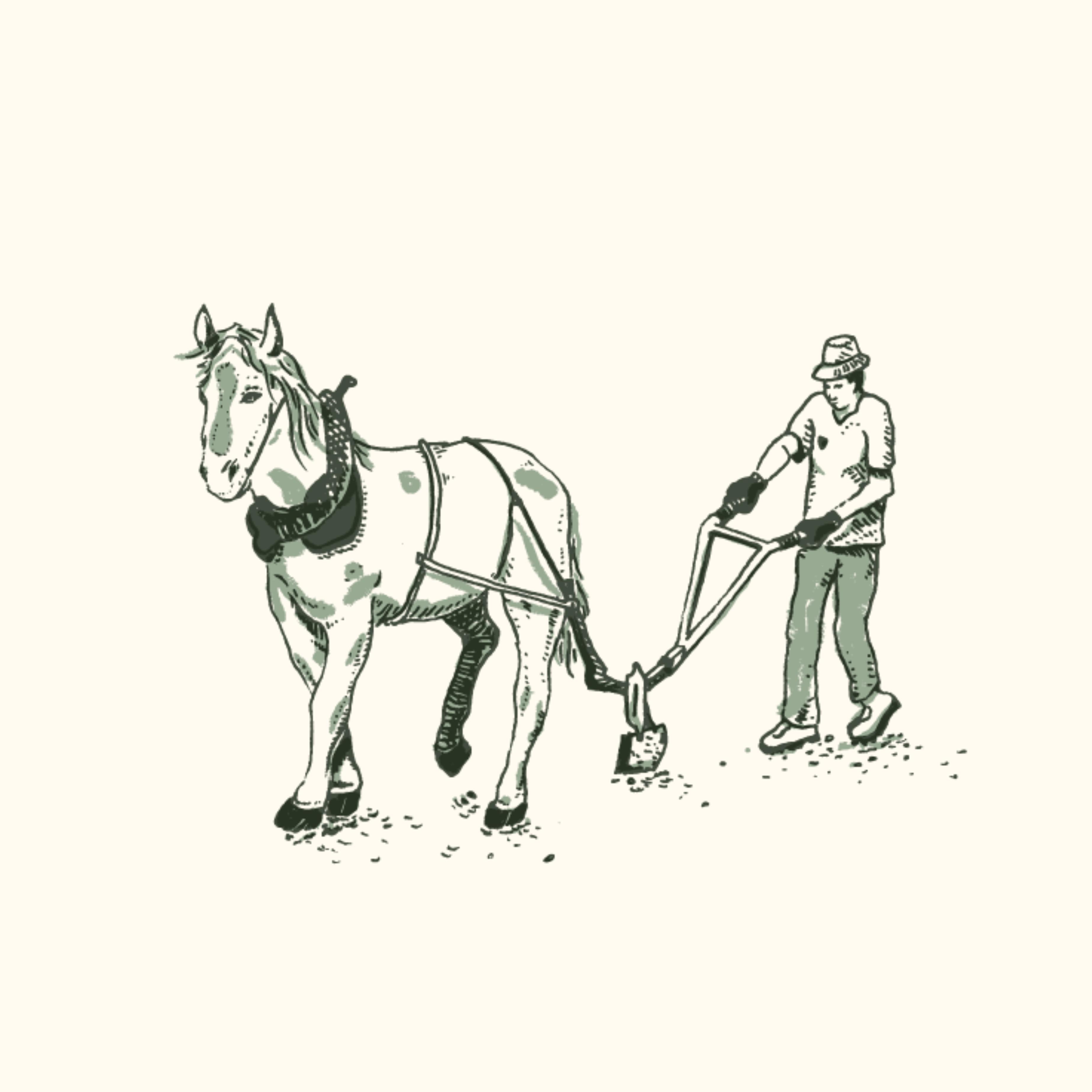
Without our team, we couldn’t create exceptional wine! Committed to a more environmentally respectful approach, we have chosen to be certified Haute Valeur Environnementale (High Environmental Value) at level 3. This commitment influences how we manage our terroir.
Moreover, thanks to our gravity-flow winery, we reveal the full beauty of the fruit during vinification. We are also fortunate to be able to carry out parcel-by-parcel vinifications, which allows the cellar team to perform meticulous, handcrafted work.
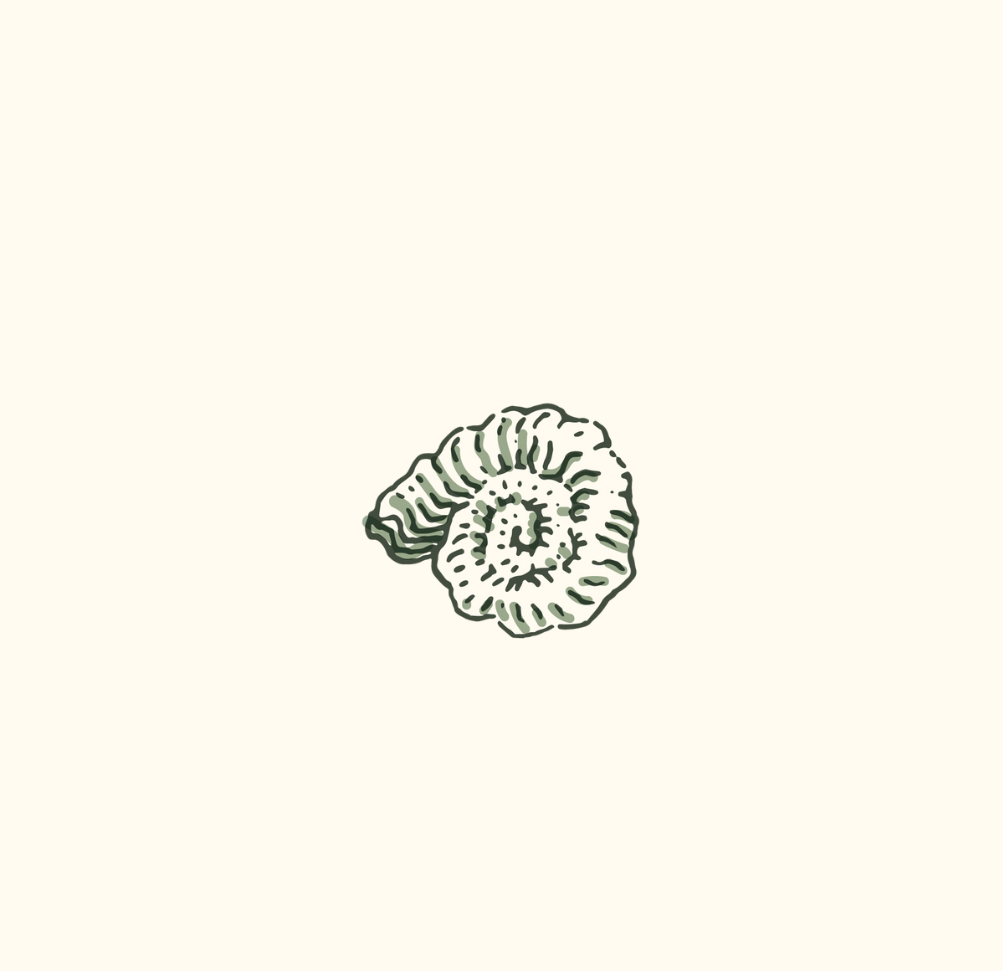
Soil represents an important matrix of the terroir.
Soils can be diverse and varied depending on their history. Indeed, our soils are the heritage of millions of years of history, involving many events such as earthquakes, tides, erosion, droughts... Each soil is therefore unique, and we must analyze it in order to respect it. That is why the Château Plain Point team decided to dig over 50 soil pits to understand the composition of our soils, so we can work with the right grape varieties while providing the necessary nutrients (carbon, oxygen, nitrogen, phosphorus, sulfur, potassium, calcium, magnesium…).
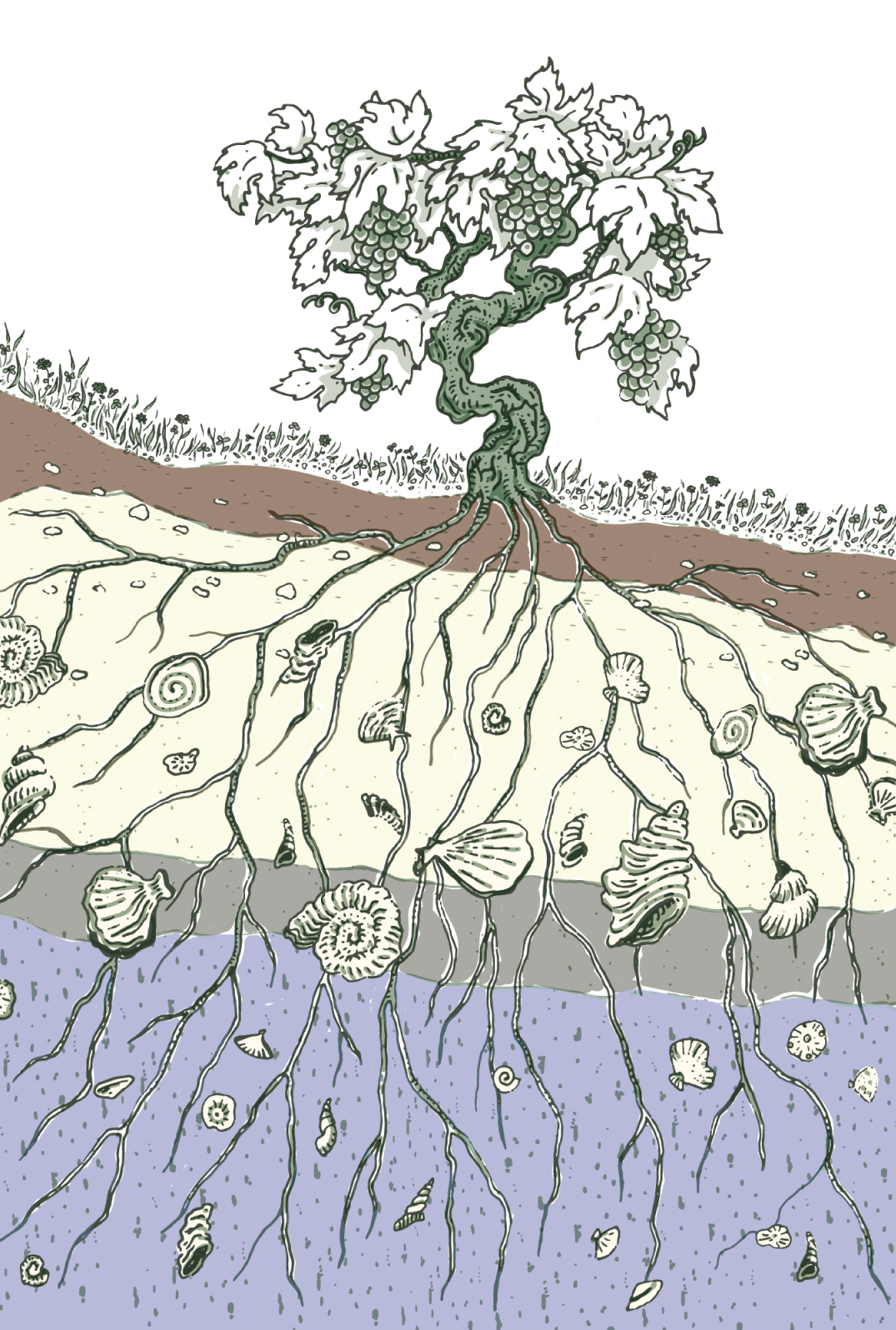
Soil is crucial for the terroir, reflecting millions of years of history marked by events such as earthquakes and erosion. Each soil is unique and deserves analysis to be respected. The Château Plain Point team has therefore dug more than 50 soil pits to understand the soil composition and to cultivate the appropriate grape varieties by adding the necessary nutrients.
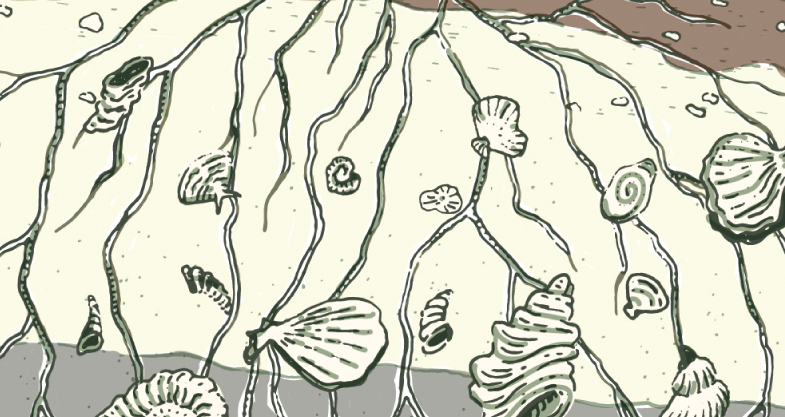
Starfish limestone, rich in marine fossils, provides optimal drainage and promotes beneficial water stress for the vines. Its unique texture allows roots to penetrate deeply, thus contributing remarkable aromatic complexity to the wines.
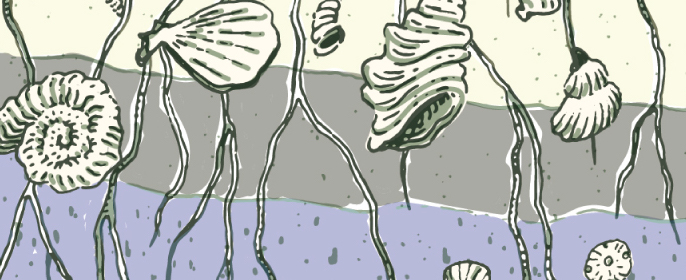
The Fronsadais molasse, for its part, offers balanced soils, blending clay with the freshness of limestone stones. These soils are perfectly suited to Merlot and Cabernet Franc, producing wines that are round, elegant, and remarkably fresh with fruity notes.
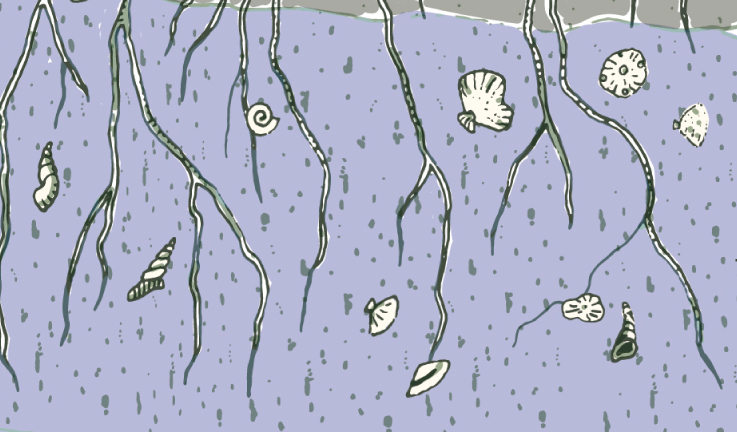
Blue clay, emblematic of Château Plain Point, is the symbol of exceptional terroirs. It nourishes the vines by providing a multitude of nutrients. During dry months, this clay transforms into a true water reservoir, allowing the vines to draw the moisture they need to thrive